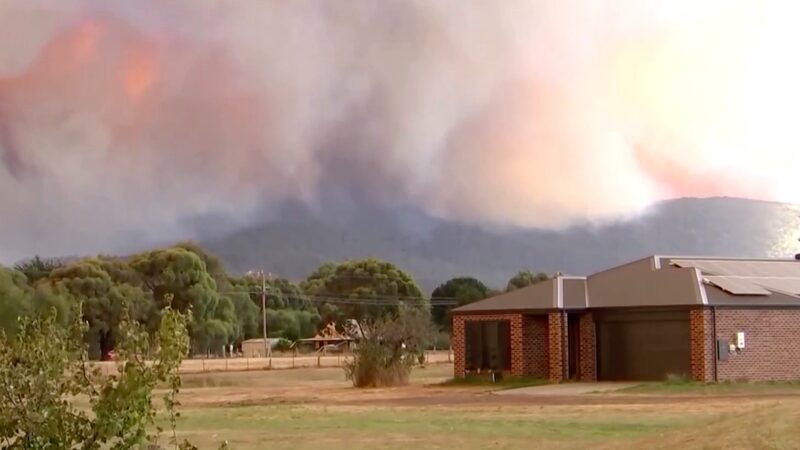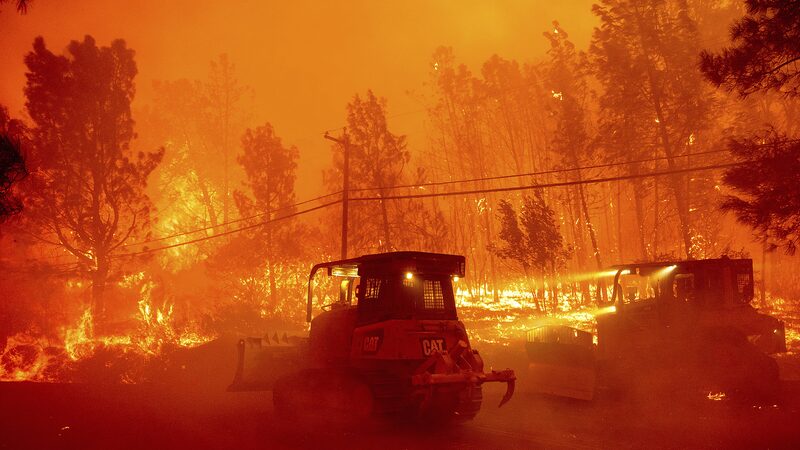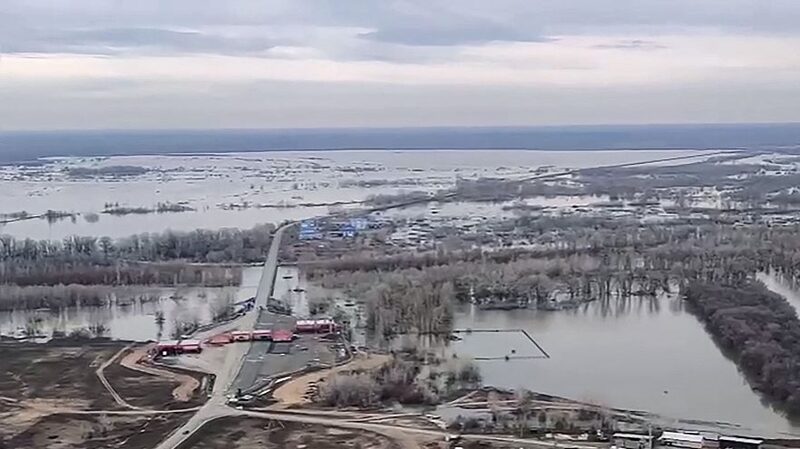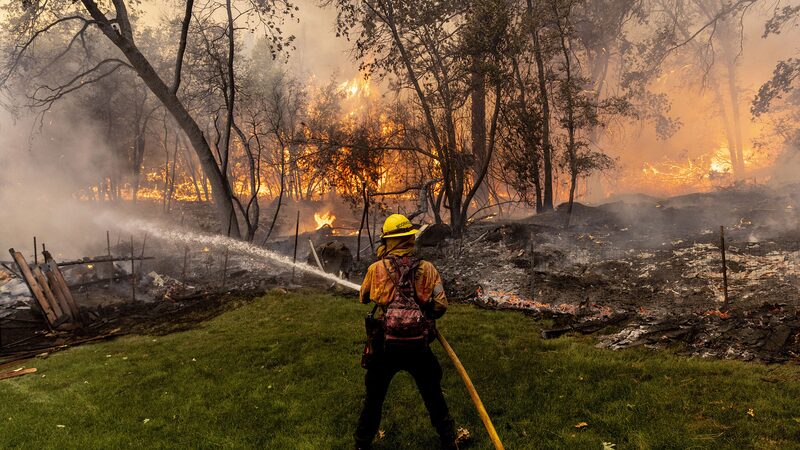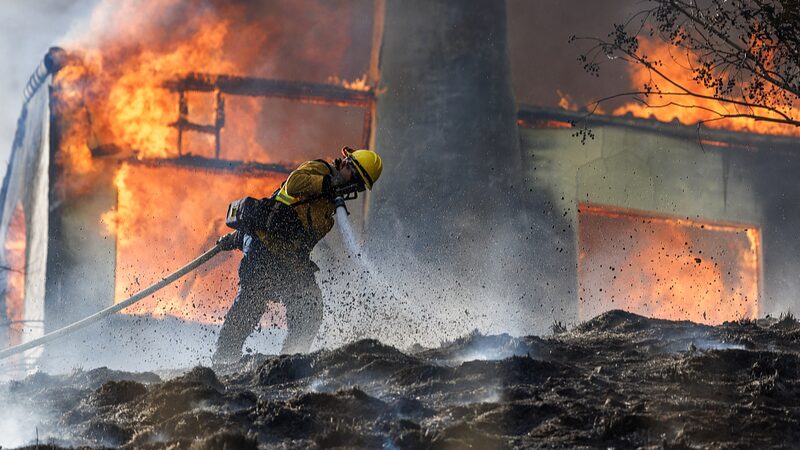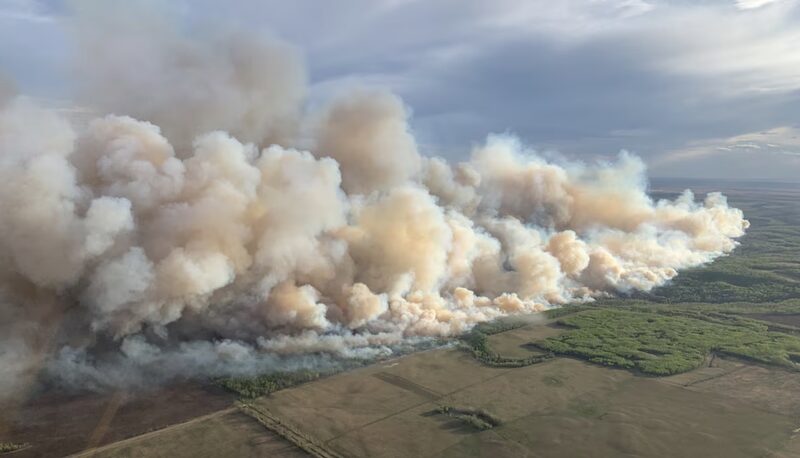Melbourne, Australia — More than two thousand residents have been ordered to evacuate from towns in the west of Victoria as uncontrollable bushfires sweep through the region. The State Emergency Service has urged those in Raglan, Beaufort, and surrounding areas to leave immediately and head east to the regional hub of Ballarat, located 95 kilometers west of Melbourne.
The raging fires have engulfed approximately 50 square kilometers northwest of Ballarat, with another similarly sized blaze burning out of control further west. The situation has escalated rapidly due to hot, dry winds and the potential for thunderstorms, prompting extreme fire danger warnings from the Bureau of Meteorology for several districts.
State Premier Jacinta Allan announced that over 1,000 firefighters are battling the blazes, supported by 24 aircraft and more than 100 vehicles. Reinforcements are expected to join the effort soon. “Leaving immediately is the safest option for those communities,” she emphasized during a news conference. “If you are located in these areas, please heed this advice, please act now to save your own life.”
As of now, there have been no reports of property damage, but officials caution that it’s too early to assess the full impact. The fires are anticipated to worsen throughout the evening until around midnight, when winds are expected to diminish. Chief Officer Jason Heffernan of the Country Fire Authority highlighted the urgency, noting that temperatures soared above 40 degrees Celsius in the northwest of the state.
Communities are on high alert, with local authorities coordinating evacuation efforts and providing support to those affected. The situation serves as a stark reminder of the environmental challenges faced by Australia, especially during the hotter months. The international community watches with concern, recognizing the broader implications for climate patterns and disaster preparedness.
Reference(s):
Thousands ordered to flee as bushfire burns in Australia's south
cgtn.com
